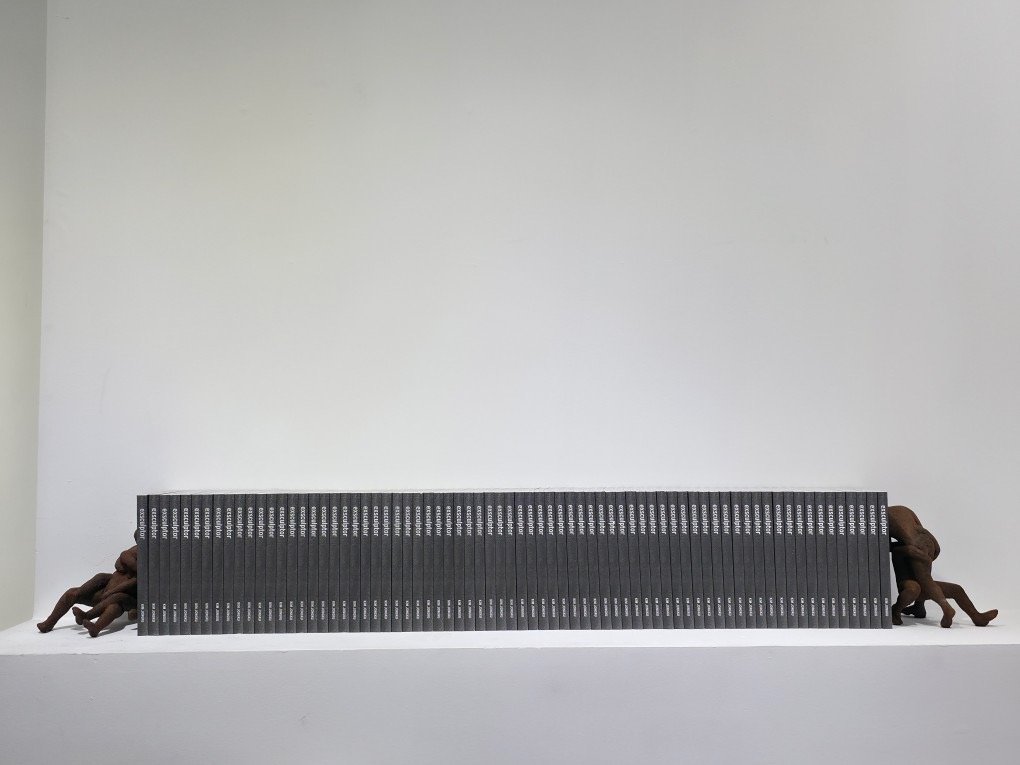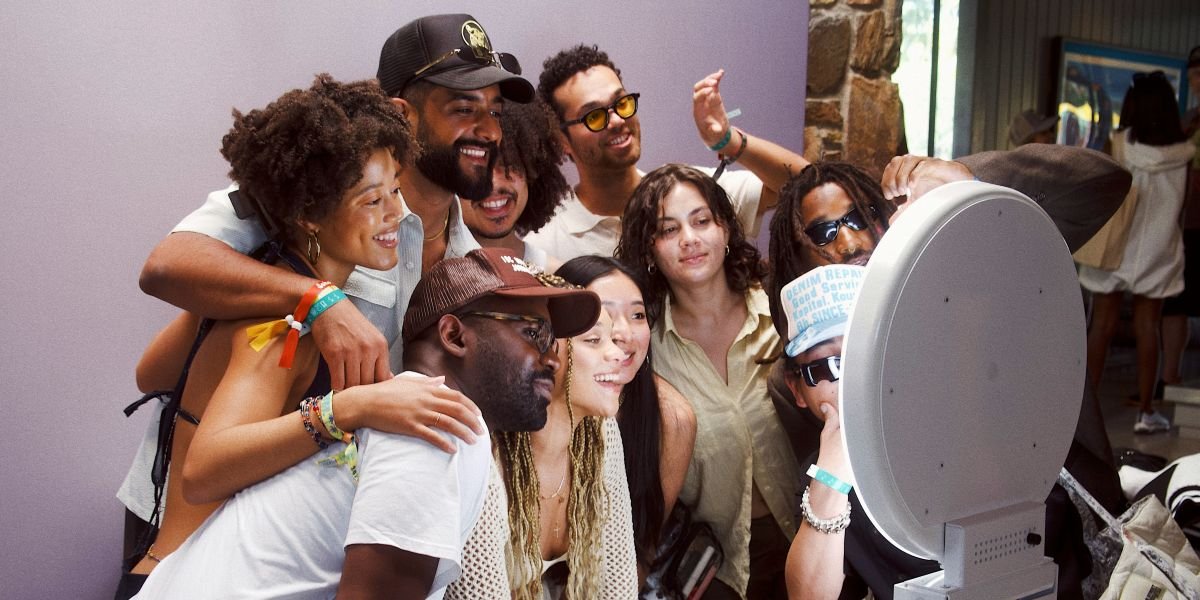There are exhibitions you attend, and there are exhibitions you experience. Kim Jongku’s The Divine Comedy, on view at AP SPACE in New York through April 28, is unequivocally the latter. Inspired by Dante’s iconic literary journey through Inferno, Purgatory, and Paradise, Jongku’s interpretation is anything but derivative. It’s personal. It’s material. It’s emotional. And for anyone walking through it with an open heart, it’s transformative.
What’s striking from the moment you enter the space is how little you need to know about Dante to feel this show in your body. You don’t need a background in classical literature to understand what it means to be broken down, to suffer, to move through pain, and maybe—if you’re lucky—find something like clarity on the other side. Jongku’s work speaks in a language deeper than text: it speaks in texture, decay, and resonance.
The exhibition is structured in three parts, echoing the arc of The Divine Comedy, but the transitions are subtle. In Inferno, metal fragments and oxidized surfaces speak of corrosion—not just of material but of trust, memory, and identity. There’s a density here that feels like grief, like the emotional rust we carry after too many personal fires.

In Purgatorio, the shift is quiet. It doesn’t announce itself with lightness or revelation but rather with breath. Works begin to open. Edges soften. Shapes start reaching toward one another as if seeking re-connection. This middle space feels real in the way therapy does: uncomfortable but necessary. You’re still very much in the thick of it, but something is beginning to shift.
And then, Paradiso. But not paradise in the way we usually imagine it. Jongku’s paradise is still fractured, still grounded in the real. But it is light-filled. There’s a kind of peace in this final room, the kind that comes not from the erasure of pain but from its integration. The artworks hum with harmony—sometimes quite literally, as subtle sound design folds into the experience.
Two guiding themes run throughout the show: Rust and Resonance. Rust, as Jongku uses it, is a living material. It changes over time, a physical marker of what’s been lost and what’s still evolving. Resonance is its counterpoint: not something you see, but something you feel. It’s the emotional echo of each piece long after you’ve stepped away. Together, they become the heartbeat of the exhibition.
There’s something deeply generous about the way Jongku has constructed this experience. He’s not telling you what to think. He’s not asking you to decode symbolism. He’s offering you a space to sit with your own transformation. Your own infernos. Your own quiet paradises.
It’s also worth mentioning the way the physical space at AP SPACE supports this journey. The lighting is intentional. The layout is patient. You’re not herded through like a museum crowd but allowed to pause, return, or even linger. In that stillness, the show works on you.

Kim Jongku is a master of contradiction: his work is both fragile and strong, structured and open-ended, deeply personal and universally resonant. The Divine Comedy isn’t just an art show—it’s a meditation. One that suggests maybe we don’t ascend away from our wounds but learn to live inside them with more grace.
So if you’re in New York this April, carve out the time. Visit. Don’t rush. Let the rust speak. Let the resonance settle. You might leave feeling lighter. Or heavier. Or simply be more aware of the journey you’re already on.
Exhibition Info:
The Divine Comedy
By Kim Jongku
AP SPACE, 555 W 25th Street, NYC
Until April 28, 2025
Tuesday to Saturday, 11 AM – 6 PM
Published by Mark V.












